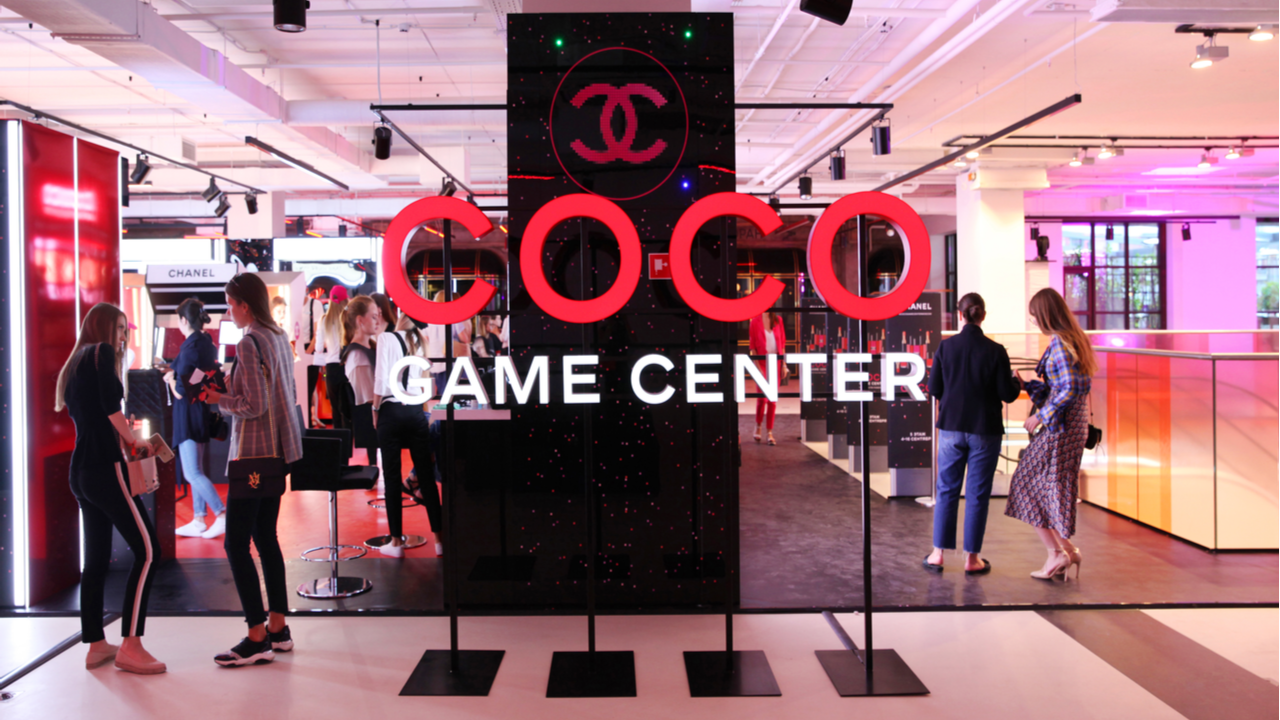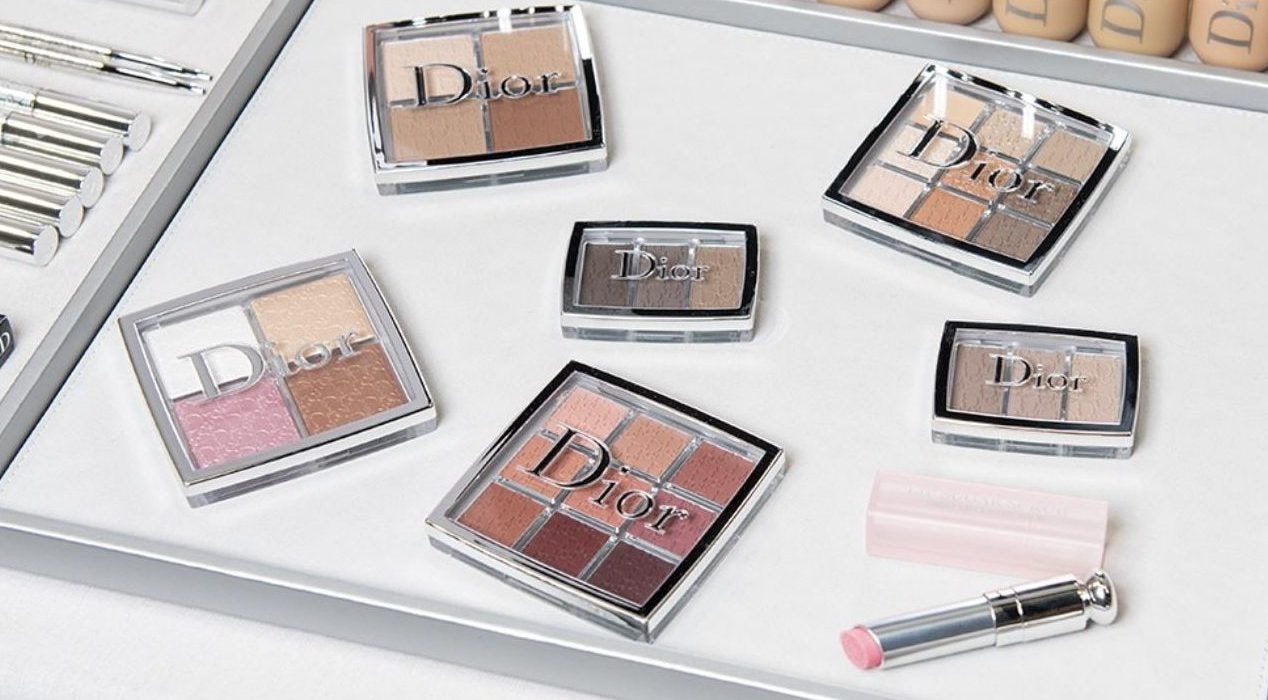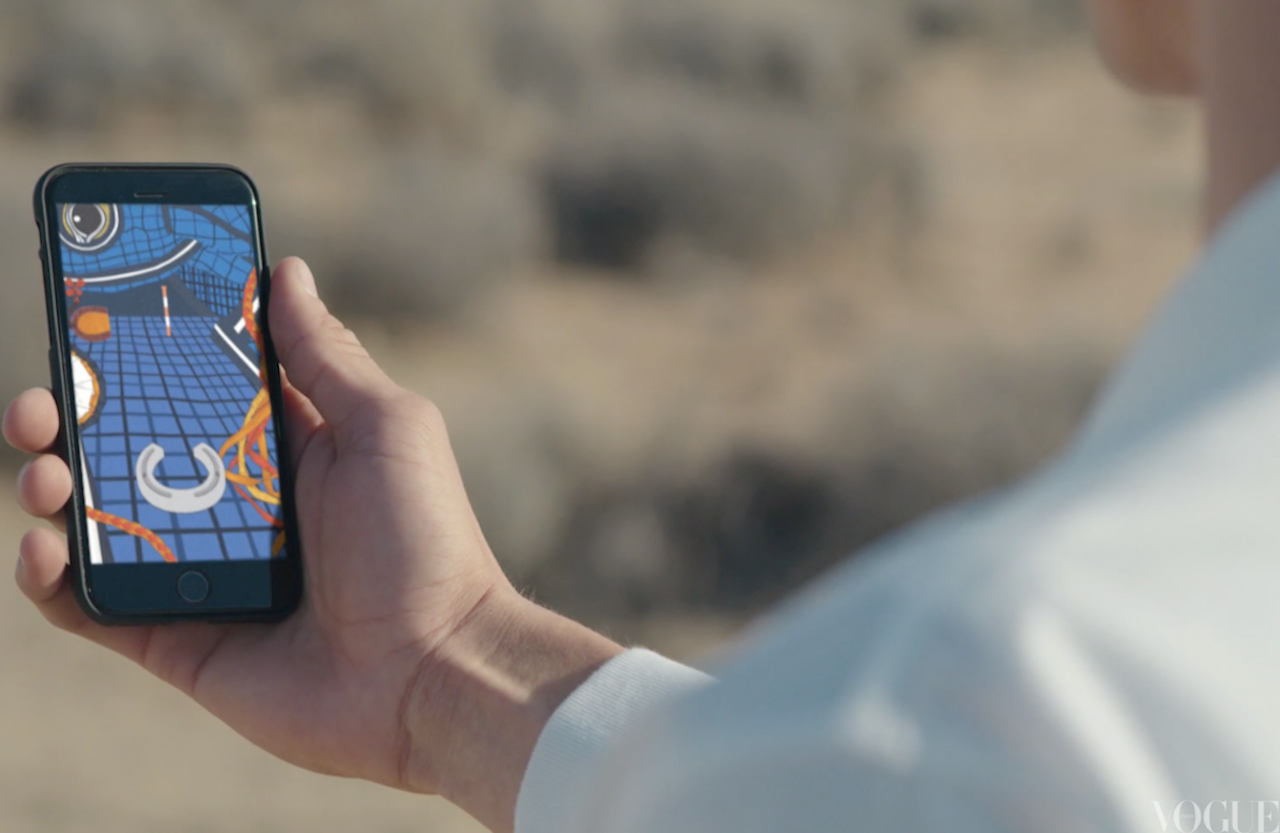A stroll in China’s urban streets and shopping malls today won’t be complete without seeing any form of arcade games. Once a popular phenomenon in Japan and Taiwan, arcade game installations in China today take a slightly different form by combining gaming with shopping — claw machines that contain luxury makeup as rewards, lipstick machines that sell the thrill of “4.3 (30RMB) for nothing or a Dior lipstick,” and branded lucky box machines that give out random product samples have been ubiquitous across the country’s most crowded shopping hubs since the recent two years. Highly digitalized and constantly stimulated, Chinese millennials are living in an increasingly gamified retail environment both online and offline.
There are plenty of media headlines that address China’s advanced digital landscape and the importance of gamification in online marketing to Chinese millennials. But this recent phenomenon of arcade game luxury retail has proved that gamification is not only crucial online, but also offline. According to media site Jiemian, China’s arcade-game retail industry experienced a boom in the year 2017. In 2017, the number of claw machines in China reached 2 million, making up a 60 billion RMB (around 8.7 billion USD) market.

Chinese millennials have largely normalized gamification in everyday lives in a way that their western peers cannot imagine. This is a generation that buys Cartier jewelry from a WeChat mini-program game, 500 luxe facial creams from a pop-up discount while scrolling video feeds on Little Red Book, and Dior makeup from the brand’s “see now, buy now” live streaming. Gaming and the metrics of gamification are no longer a novelty, but the norm of their interactions with all kinds of interfaces. So far, forward-thinking international brands are already leveraging this generation’s love for both gaming and luxury shopping to enhance the overall brand experience. Here are three prominent examples:
1.#
Lancôme’s CNY gift machines & Pop-Up#
During the Chinese New Year period in 2018 and 2019, Lancôme put CNY-themed lucky gift machines in shopping centers across China’s top-tier cities. The machines had attracted long lines of trendy-looking youths to line up for the free gift and WeChat-ready photo crops. One would need to scan the QR Code on the machine, follow Lancôme’s official WeChat, and then receive a code via text in order to get a CNY-themed gift box containing various product samples.
In May 2019, Lancôme’s L'Absolu Mademoiselle pop-up in Beijing has again adopted the popular metric of arcade games. One of the pop-up’s main experiences is a virtual “claw machine” screen game, in which visitors use a remote control to pick up the red cherries icons on the screen to exchange for gift rewards.
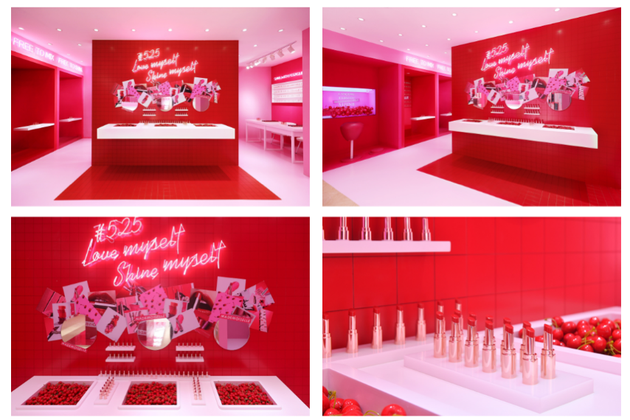
2. Little Red Book’s Red Home#
In June 2018, the lifestyle platform Little Red Book (A.k.a. “Xiaohongshu”) opened its first offline retail store in Shanghai. The platform’s offline store is a reflection of everything trending on its online version: WeChat-friendly photo booths, AI-powered makeup mirror, and a variety of Gashapon machines and claw machines. Visitors would need to first complete a series of tasks (such as uploading a long content feed to the platform) to win the gaming coins. The rewards range from Tom Ford lipsticks, Lego toys, to fluffy dolls, objects are most trending among the platform’s young, mostly female audience.
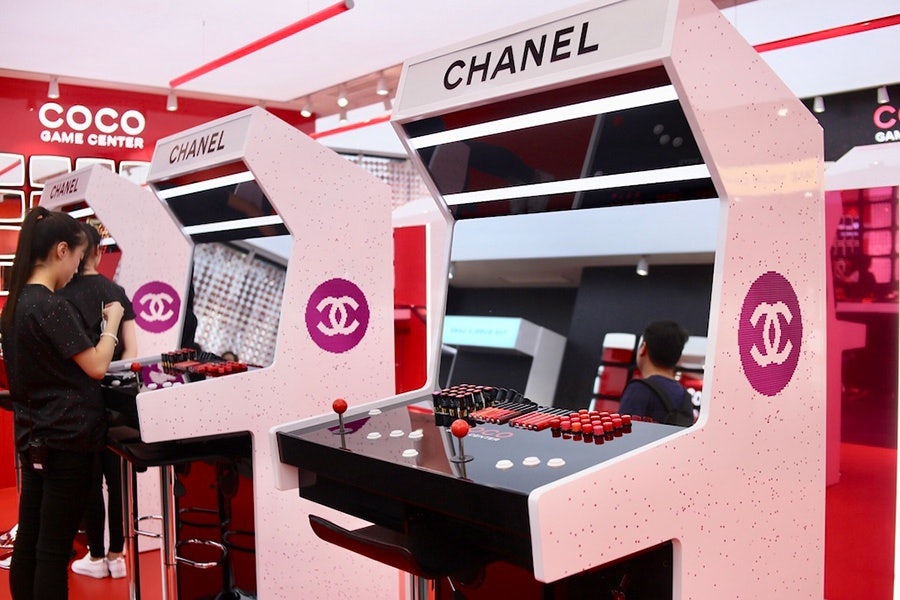
3. Chanel Game Center#
In 2018, Chanel’s arcade pop-up “Coco Game Center,” traveled through Asia’s fashion capitals from Tokyo to Singapore to Hong Kong and Chengdu, marked one of the most shared pop-up experiences in Chinese social media. With a range of arcade activities like racing games, bubble games, and crane games, the pop-up allowed visitors dress in the brand’s classic Tweed to enjoy the thrill of picking up the latest makeup products from a claw machine. The event was a publicity success, too. On Little Red Book alone, over 2,920 user-generated notes were shared to broadcast the experience.
The psychological thrill that resembles gambling, and the amplifying effect of social media, emerged as the two most common reasons behind the arcade game’s massive popularity. To many Chinese arcade-game lovers, these arcade-shopping installations resemble a less risky form of gambling. Xuanxuan Liu, a 25-year-old graphic designer in Shenzhen, tells Jing Daily that these arcade games are a way of relief to her work life. “I often stop by the lipstick claw machine after working late night in the office. It is like gambling, but you end up winning makeup instead of money,” she said.
Besides the psychic thrill, social media amplifies the Chinese millennials’ fixation on arcade games. Camilla Qiu, a 22-year-old fashion design student in London, said, “I first got fascinated by these arcade shopping games by looking at Douyin (China’s viral video-sharing app) because it was a huge trend. Then I got very enticed to share the video of me playing it, too.” These arcade game’s “millennial pink,” fun outlook make them the perfect photo backdrop for China’s social-obsessed female audience, who find anything that strikes their “girly heart (少女心)” hard to resist.
For any brand that tries to resonate with millennial Chinese consumers, this arcade game trend has a broader implication: shopping is getting ever more performance-oriented, interactive, and technological in young China. Gamification isn’t a plus, but a 24/7 reality that they increasingly expect from brands. How international brands could adapt to this next-level gamified reality, still remains a question.
